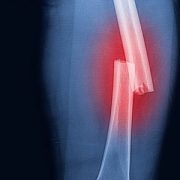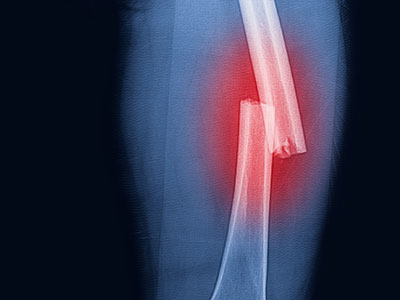Racial and ethnic disparities in ED opioid prescriptions have decreased

Whereas in 2012, there were clear racial and ethnic differences in opioid prescription rates. By 2019, those differences were no longer statistically significant overall or within sites.
As the provision of opioid prescriptions declined over time, previously marked racial and ethnic disparities in opioid prescription rates at the time of Emergency Department (ED) discharge also attenuated, according to new findings led by Monika Goyal, M.D., M.S.C.E., associate division chief of Emergency Medicine and Trauma Services at Children’s National Hospital, and others.
The research, published in Pediatrics, investigated whether racial and ethnic differences in the delivery of outpatient opioid prescriptions for children discharged from the ED with long-bone fractures diminished over time.
“In 2012 compared to 2019, although rates of opioid prescribing were higher across all racial/ethnic groups, they were highest for NH-white youth,” said Dr. Goyal. “It’s reassuring to see that as rates of opioid prescribing declined over time, such racial and ethnic differences have attenuated.”
Whereas in 2012, there were clear racial and ethnic differences in opioid prescription rates. By 2019, those differences were no longer statistically significant overall or within sites.
However, as clinicians prescribed fewer opioids, sites continued to have moderate racial and ethnic variability in opioid prescribing rates for non-Hispanic white, non-Hispanic Black and Hispanic children.
The authors caution that the reduction of opioid prescription is possibly attributed to the response against the opioid epidemic. There is also a need for more studies that seek to identify optimal outpatient pain management for children with fractures and ensure suitable post-discharge pain control for all children, regardless of race and/or ethnicity.
The retrospective cross-sectional study sampled children 4-18 years with long bone fractures using the Pediatric Emergency Care Applied Research Network (PECARN) Registry, an electronic health record registry of four geographically diverse pediatric EDs, from January 1, 2012, to December 31, 2019.
Patient race and ethnicity were categorized as non-Hispanic (NH) white, NH-Black, Hispanic or other. The investigators performed bivariable and multivariable logistic regression to measure the association between patient race and ethnicity and outpatient prescription. Out of the 42,803 ED eligible visits to analyze, 6,441 received an opioid prescription at ED discharge. This data showed that disparities when prescribing an opioid decreased over a 7-year period.





